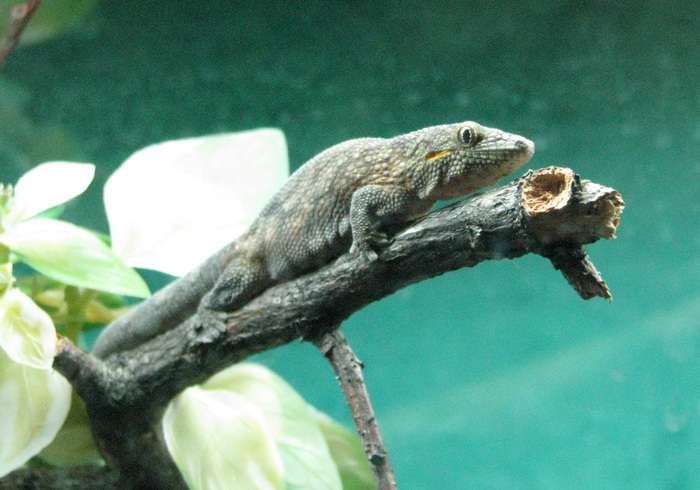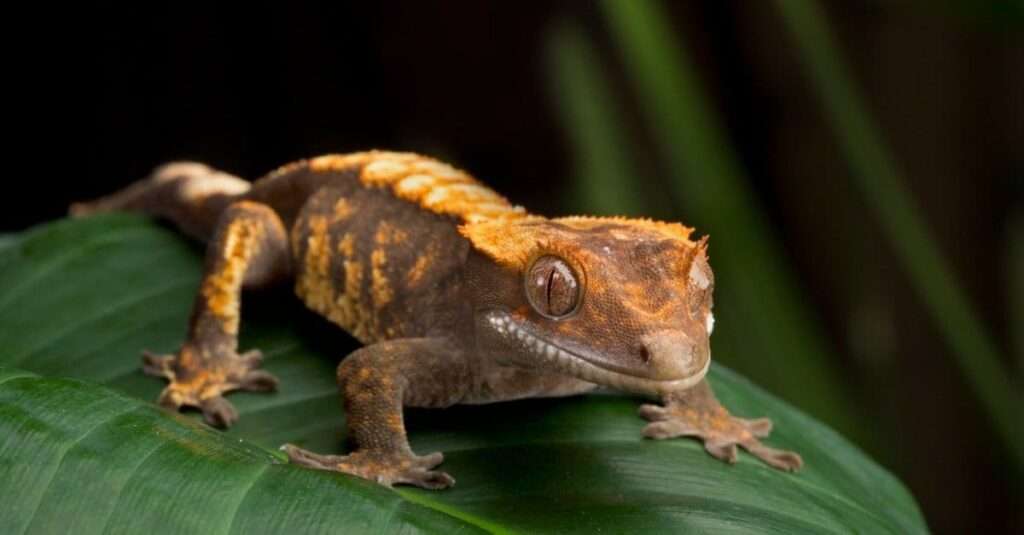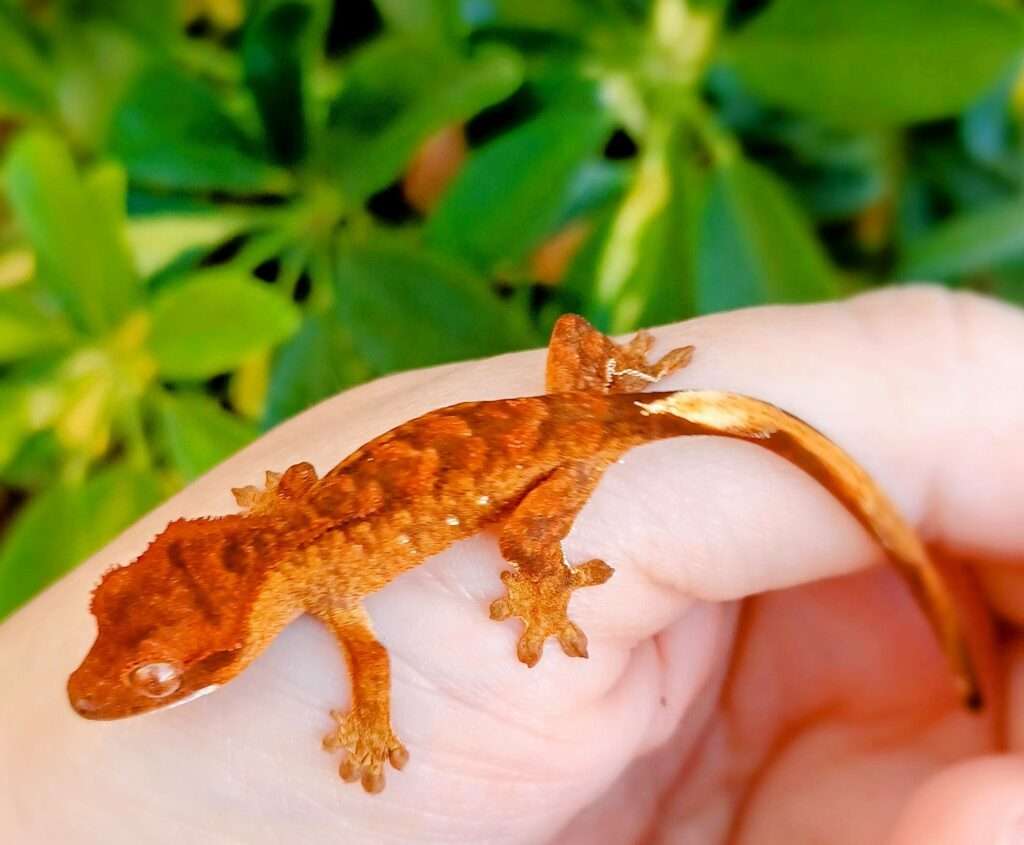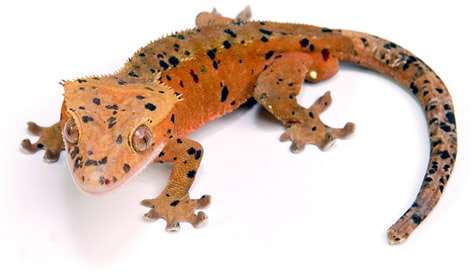
Description:
Scientific name: Eurydactylodes agricolae
Life span: 15+ years
The Diplodactylinae lizard family includes the nocturnal species known as the Bauer’s chameleon gecko (Eurydactylodes agricolae). Their colors range from olive to mossy green, with glaring yellow markings on the sides of their mouths and on the hind and forelimbs. The back and tail may have dark green bands on them.
Native Region/Habitat
On New Caledonia’s Grande Terre, this species is unique. Forest and shrubland at altitudes up to 1,000 m are the arboreal E. agricolae’s favoured natural habitats (3,300 ft).
Behavior:
One of the most submissive reptiles we have ever observed is the eurydactylodes. A Eurydactylodes will rarely bite or act aggressively towards a human. Little, sturdy, and slowly moving geckos are known as Bauer’s chameleon geckos. As an arboreal species, they spend the most of their time clinging to and moving along branches in dense bushes in moist forests.
Care As a pet/In captivity:

Recommended Enclosure Size: With a 12x12x18 cage, one animal or two can be maintained. For this species, a bioactive setup with live plants is highly advised; BioBedding is suggested to sustain live plants, springtails, and isopods. For this arboreal species, provide an abundance of branches and cork bark for climbing.
Temperature: Maintain chameleon geckos at a temperature of 72 to 78o F. Unless this species is kept at extremely low temperatures, a basking area is neither necessary nor advised. Never let the temperature during sunbathing or ambient rise beyond 85o F. A digital thermometer should be used to measure temperature. Temperatures at night shouldn’t drop below 68o F. Although we do keep our breeders under a 5.0 UVB light, these nocturnal geckos do not require it.
Humidity: The humidity level should be between 60 and 75 percent, and the environment should be well-ventilated. To help sustain greater humidity levels and to create humid microclimates, live plants can be used. A digital hygrometer should be used to measure ambient humidity. Chameleon geckos should be misted every day to leave dew on the cage’s accessories and walls so they can drink it. Regular misting of the enclosure can be done without the requirement for a water dish; misting the enclosure on a regular basis is still required.
Feeding: In the wild, chameleon geckos consume both fruit and insects, making them omnivores. They will thrive on a diet of gecko mix and feeder insects in captivity. Until they are big enough to eat 14-inch insects, hatchlings and young animals should be given 18-inch crickets or fruit flies. For this arboreal species, mounting feeding cups is advised. A food dish must be given in order for other adequately sized feeder insects, such as dubia roaches and black army fly larvae, to be available. Excellent snacks include waxworms, butterworms, and tiny hornworms, although they should only be given in special circumstances. Feeding insects should have a calcium and multivitamin supplement gutloaded onto them.
Table





